Results show aggression, competition during selection depends on available food
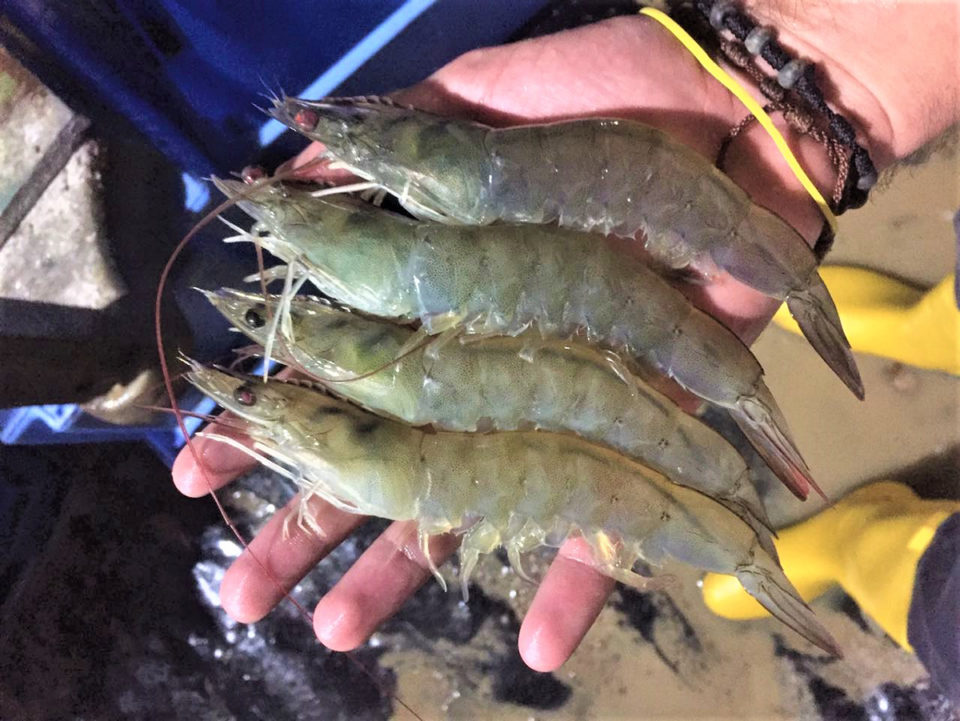
Cannibalistic and aggressive behaviors are often observed in crustaceans and fish at high stocking density and low feeding frequency. Such social interactions can affect growth, survival and welfare of the members of a population. For example, in many fish species, up to 90 percent of the mortality is due to cannibalism. And inter-individual competition and dominance hierarchy have been reported to increase the coefficient of variation of body weight in Nile tilapia and Arctic charr.
High variability of body size can affect growth, survival and well-being of animals, and poses a serious obstacle to production efficiency in aquaculture operations. Management measures such as size grading are necessary to minimize competition and increase uniformity, although it is labor intensive and stressful to animals. Social interactions between individuals can have a genetic component, which are known as indirect genetic effects (IGE) and occur when the genotype of an individual affects the phenotypic values of the individuals it interacts with.
For a family-based selective breeding program in aquaculture, candidates are usually tagged and tested in one or several communal rearing environments. Although observed social interactions may suggest the presence of IGE, these genetic effects cannot be estimated with a traditional animal model because of confounding with the direct genetic effect (DGE) and the lack of an effective experimental design. To estimate IGE, individuals need to be split into a large number of groups, which makes the data structure based on a traditional communal rearing environment unsuitable to separate DGE from IGE. However, ignoring IGE in selective breeding can lead to increased competition and a negative selection response.
Selection response for IGE on the target trait depends on the competitive intensity of the rearing environments. A trade-off between DGE and IGE occurs and the heritable variation gradually decreases when a strong negative correlation exists between DGE and IGE. Therefore, for a selective breeding program that aims at improving the effects of social interactions, it is important to test the genetic parameters for IGE on the target trait under different competitive environments.
This article – adapted and summarized from the original publication (Luan, S. et al. 2020. Feed competition reduces heritable variation for body weight in Litopenaeus vannamei. Genetics Selection Evolution volume 52, Article number: 45) – quantified DGE and IGE for body weight under ad libitum (AF; as much as desired) and restricted (RF) feeding regimes in L. vannamei.
Study setup
The study was carried out at Hebei Xinhai Aquaculture Technology Ltd in Huanghua City, Hebei Province, China. The experimental shrimp belonged to generation G3 of a selection line that was established in 2012, with eight improved batches from different companies in the United States and Singapore introduced as founder broodstock animals.
Healthy animals with mature gonads were chosen after one month of rearing. The base population (generation G0) of eight strains was established, and each generation, full-sib and half-sib families were produced using a nested mating design, in which two dams (sires) were mated to the same sire (dam) by artificial insemination. In total, 207 families from 187 males and 174 females were produced. Generations G1 to G3 were produced using similar procedures.
Eighty-seven families from 65 males and 68 females of generation G2 were selected for the analysis of IGE in generation G3.
DGE and IGE on body weight were tested under the AF and RF feeding regimes at the group level using an optimum design of three families per group, where each family is tested repeatedly in three groups that each include two other families. The shrimp were fed four times a day with a commercial feed. Under the AF regime, feed intake per day represented 5 to 7 percent of body weight at the cage level. Total feed intake per day under the RF regime was equal to 50 percent of the feed intake under the AF regime.
For each feeding regime, 42 shrimp per family (3,360 individuals for 80 families of the selection line) were tagged and equally divided into three groups when the average body weight reached ~6.5 grams. Next, one of the three groups from each family was randomly assigned to one of 80 net cages (70 × 70 × 100 cm) in a rectangle concrete tank (100 square meters). A total of 6,720 shrimp were assigned to 160 cages, and 5,281 shrimp were harvested after a 71-day grow-out period for statistical analyses of body weight.
For detailed information on the experimental design, base populations and animal selection and rearing; and statistical analyses used, please refer to the original publication.
Results and discussion
This study reports the first large-scale test for IGE under different competitive environments in aquaculture. A strong re-ranking [ranking something again or differently] of the genetic competitive abilities of families was detected between the two feeding regimes. Individuals that were genetically highly competitive showed better survival under the RF regime. The total heritable variance of body weight was greatly reduced because of the strong competitive interactions that occurred among individuals under the RF regime.
The results indicate that an increase or a decrease in competition during artificial selection for growth depends on resource availability. Moreover, the results indicate a cryptic genetic variation [genetic variation that normally has little or no effect on phenotype (observable characteristics or traits of an organism) but that, under atypical conditions that were rare in the history of a population, generates heritable phenotypic variation] for body weight when feed is limited.
Differences in body weight between the AF and RF feeding regimes were relatively small although the RF regime represented 50 percent less feed intake compared to the AF regime. However, the net cages were not cleaned during the study and a lot of algae grew on the surface of the net cages, which the shrimp under the RF regime consumed. Moreover, the feed was provided in excess to ensure that the shrimp in all net cages were fed ad libitum under the AF regime. Therefore, the real feed intake per shrimp under the RF regime was probably more than 50 percent of feed intake of the shrimp fed ad libitum. In addition, feed efficiency of individuals under the RF regime could have been higher than that under the AF regime.
Estimates of heritabilities for body weight obtained with a traditional animal model (i.e. without accounting for IGE) were 0.11 ± 0.09 under AF and 0.25 ± 0.11 under RF. With extended animal models that accounted for IGE, the corresponding estimates for body weight were 0.07 ± 0.08 and 0.34 ± 0.11. Thus, heritabilities were higher under the RF regime than under the AF regime, regardless of whether IGE was accounted for or not.
When designing breeding projects, the consequences of artificial selection for growth or other economic traits on social interactions should be evaluated. Excessively aggressive individuals spend much time and energy chasing competitors on unnecessary attempts to monopolize the food supply, thereby allowing less aggressive individuals to acquire a growth advantage when food is available in excess.
In our study, the positive estimate of the genetic correlation between DGE and IGE on body weight under the AF regime supports this theoretical hypothesis. Excessively aggressive individuals may have been culled through the highly intense selection applied during the past 30 years of breeding in L. vannamei. If aggressive individuals were present in the tested population, the correlation between DGE and IGE on body weight would have been zero or even negative. The observed positive correlation implies, to a certain extent, that there were schooling behaviors in the tested population.
Artificial selection for growth increases the level of competitive interactions when the amount of food is limited. In our study, the negative and strong correlation between DGE and IGE on body weight under the RF regime implies that individuals with genetics for rapid growth also possess strong competitive abilities. This suggests that selection may increase competitive behaviors in L. vannamei under conditions with limited resources.
The moderate correlation between IGE under the AF and RF regimes shows that reranking based on the competitive abilities of families occurred between the two feeding regimes. This implies that the condition with limited food caused and increased variations in competitive abilities of families. To our knowledge, this is the first time that a quantitative genetics analysis supports the assumption “increase or decrease in aggression and competition during selection depend on whether food is limited or available in excess.” Overall, our results showed that the competitive abilities of L. vannamei families vary when food supply goes from adequate to limited.
Perspectives
Results of our study reveal strong competitive interactions among L. vannamei when reared under conditions with limited food. The competitive abilities of families differed significantly between the ad libitum and restricted feeding regimes. Strong competitive interactions reduced the total heritable variance for body weight when the amount of food was limited.
Our results support the assumption that an increase or a decrease in aggression and competition during selection depends on whether the amount of available food is limited or excessive.
Now that you've reached the end of the article ...
… please consider supporting GSA’s mission to advance responsible seafood practices through education, advocacy and third-party assurances. The Advocate aims to document the evolution of responsible seafood practices and share the expansive knowledge of our vast network of contributors.
By becoming a Global Seafood Alliance member, you’re ensuring that all of the pre-competitive work we do through member benefits, resources and events can continue. Individual membership costs just $50 a year.
Not a GSA member? Join us.
Authors
-
Dr. Sheng Luan
Key Laboratory for Sustainable Utilization of Marine Fisheries Resources
Ministry of Agriculture
Yellow Sea Fisheries Research Institute
Chinese Academy of Fishery Sciences
Nanjing Road 106, Qingdao, 266071, China -
Dr. Guangfeng Qiang
Key Laboratory for Sustainable Utilization of Marine Fisheries Resources
Ministry of Agriculture
Yellow Sea Fisheries Research Institute
Chinese Academy of Fishery Sciences
Nanjing Road 106, Qingdao, 266071, China -
Dr. Baoxiang Cao
Key Laboratory for Sustainable Utilization of Marine Fisheries Resources
Ministry of Agriculture
Yellow Sea Fisheries Research Institute
Chinese Academy of Fishery Sciences
Nanjing Road 106, Qingdao, 266071, China -
Dr. Kun Luo
Key Laboratory for Sustainable Utilization of Marine Fisheries Resources
Ministry of Agriculture
Yellow Sea Fisheries Research Institute
Chinese Academy of Fishery Sciences
Nanjing Road 106, Qingdao, 266071, China -
Dr. Xianhong Meng
Key Laboratory for Sustainable Utilization of Marine Fisheries Resources
Ministry of Agriculture
Yellow Sea Fisheries Research Institute
Chinese Academy of Fishery Sciences
Nanjing Road 106, Qingdao, 266071, China -
Dr. Baolong Chen
Key Laboratory for Sustainable Utilization of Marine Fisheries Resources
Ministry of Agriculture
Yellow Sea Fisheries Research Institute
Chinese Academy of Fishery Sciences
Nanjing Road 106, Qingdao, 266071, China -
Dr. Jie Kong
Corresponding author
Key Laboratory for Sustainable Utilization of Marine Fisheries Resources
Ministry of Agriculture
Yellow Sea Fisheries Research Institute
Chinese Academy of Fishery Sciences
Nanjing Road 106, Qingdao, 266071, China; and
Laboratory for Marine Fisheries Science and Food Production Processes
Qingdao National Laboratory for Marine Science and Technology
Qingdao, China[110,99,46,99,97,46,105,114,102,115,121,64,101,105,106,103,110,111,107]
Tagged With
Related Posts
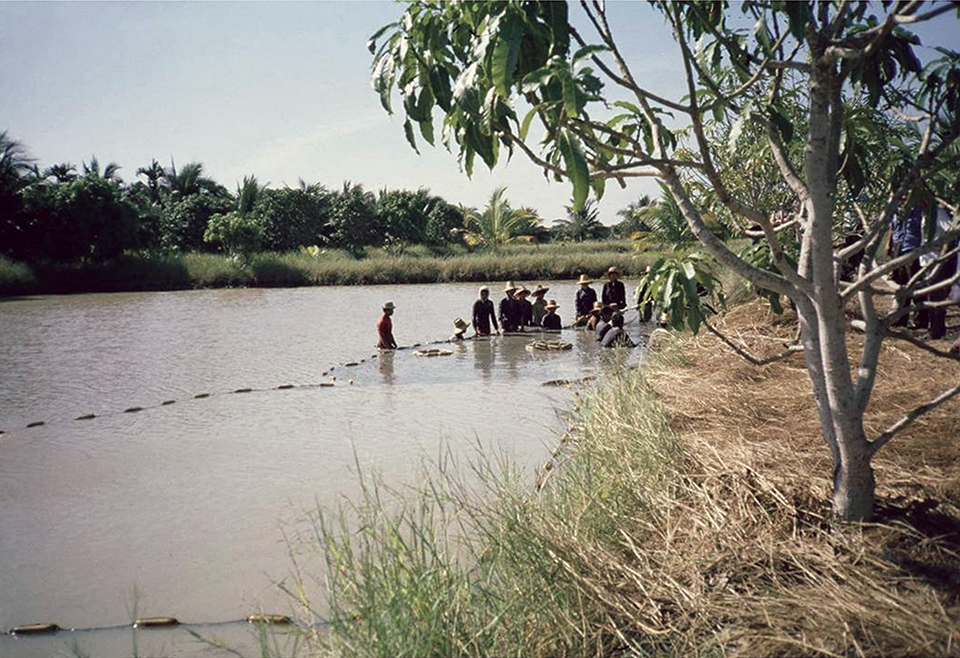
Health & Welfare
‘Big picture’ connects shrimp disease, inbreeding
Disease problems on shrimp farms may be partly driven by an interaction between management practices that cause inbreeding in small hatcheries and the amplification by inbreeding of susceptibility to disease and environmental stresses.
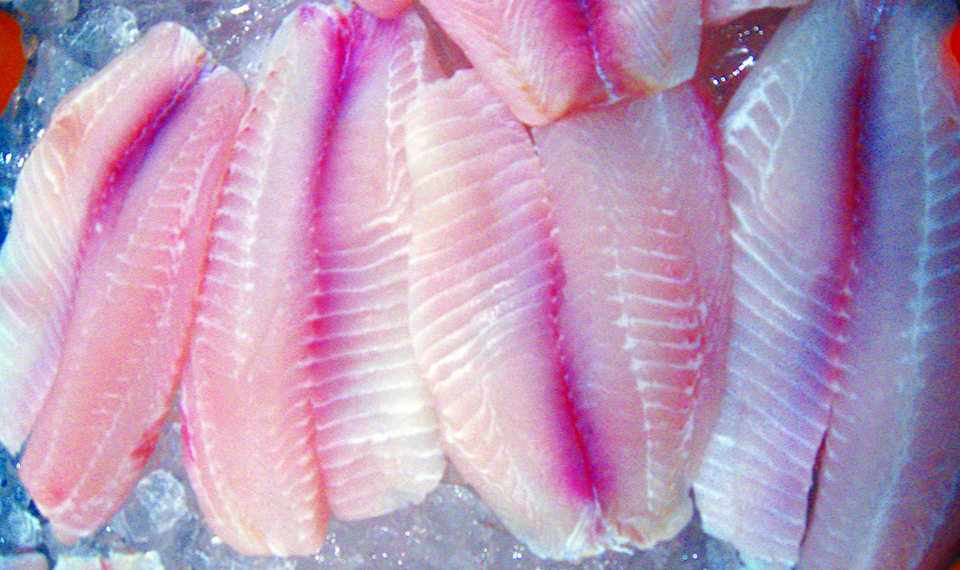
Aquafeeds
Finishing feeds tailor fatty acid composition in tilapia fillets
By feeding different oils at different points in a fish's life cycle, such as finishing feeds, farmers can tailor the composition of fillets to maximize value and minimize fish oil use.
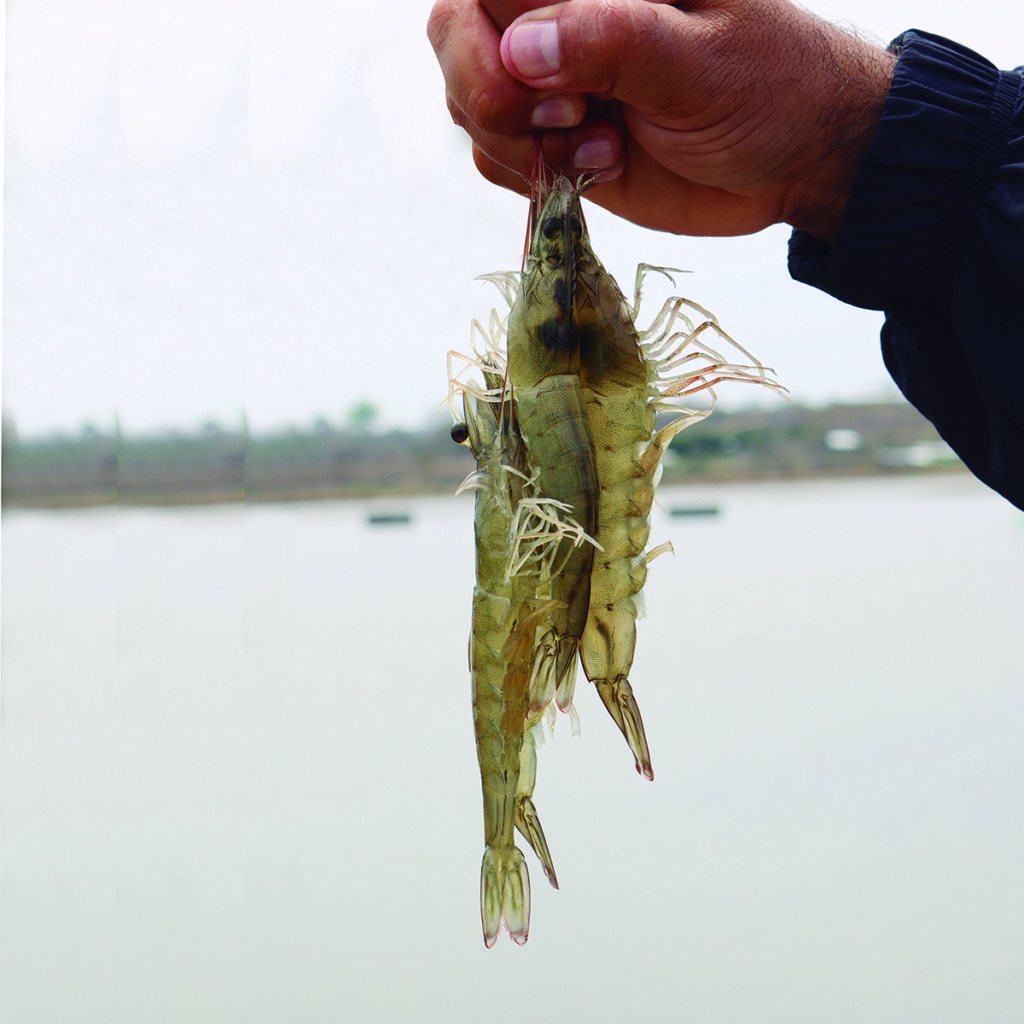
Health & Welfare
Natural strategies to improve growth and health of farmed shrimp
The application of probiotics, prebiotics and lipopolysaccharides has shown positive results with farmed shrimp, and is a very promising field, but more research is needed to clarify and foresee the molecular impact of these biological entities.
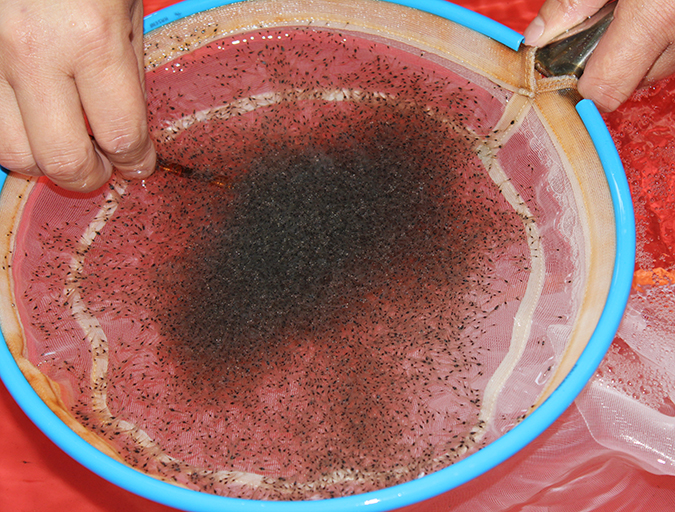
Health & Welfare
Acclimating shrimp postlarvae before pond stocking
Shrimp postlarvae acclimation before stocking into the various growout systems (ponds, raceways, tanks) is a critical – and often overlooked, sometimes taken for granted – step in the shrimp culture process. Various water quality parameters should be changed slowly so that the young shrimp have the time to gradually adapt to the new conditions.


